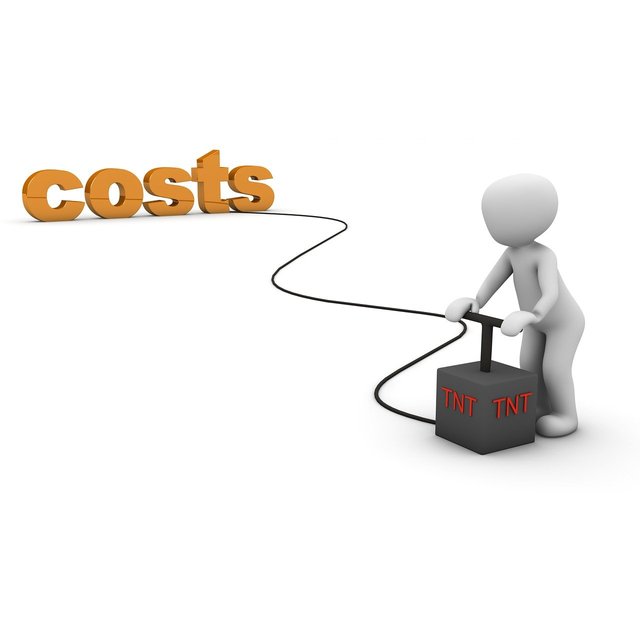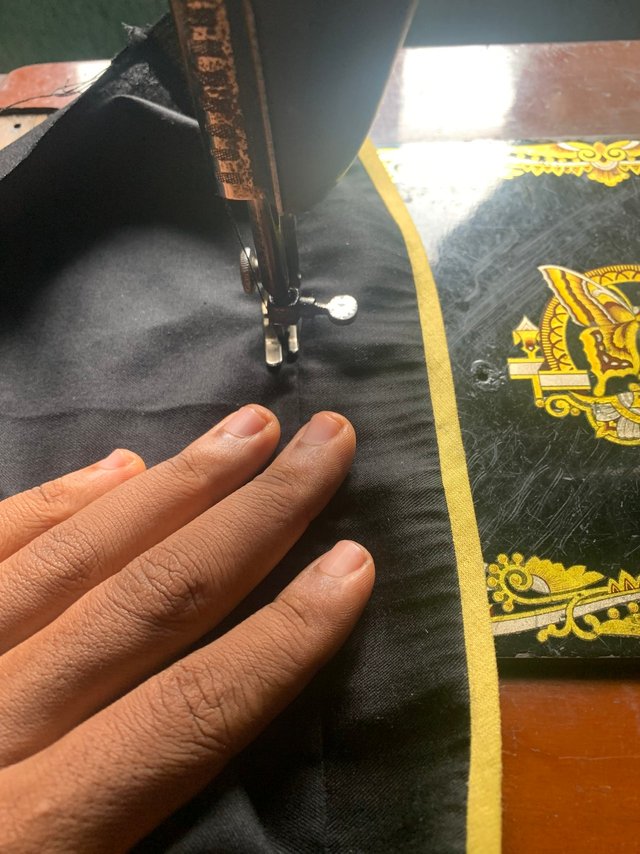SLC | S21W1 | Costs for Entrepreneurs - Introduction to Cost
Introduction |
|---|
As an entrepreneur, is really important that we understand “costing” and how we can use it to set a competitive price that cover your expenses without overcharging your customers and make good financial decisions in terms of investment.
What is cost, and why is it important for entrepreneurs? |
|---|

Cost is amount of money spent in the production of goods, delivering services to clients or used in running a business.
For instance, if you are into fashion business, items like fabrics, gum stay, threads, needles etc are all cost items. If you also buy a sewing machine, scissors, iron and ironing boards can also be considered as cost as well because they are asset to the business and directly help you make clothes for your customers.
We have different kind of cost like variable cost, fixed cost and mixed cost.
Understanding Costing is very critical for every entrepreneur because that’s the only way you can set a fair price and make good profit without chasing your customers away. Entrepreneurs should think of cost as a starting point to their business. if an entrepreneur knows there cost, they can avoid over spending, which is why financial planning and creating a proper budget is necessary to avoid financial surprises.
Difference Between Costs and Expenses |
|---|
- Cost: typically refers to the price paid to acquire an asset that adds value to the business. This cost is typically one-time or infrequent because they don’t occur regularly, rather they happen when the business invest in something that increases its capabilities to raise more money.
- Expenses: is a recurring payment needed to keep the business operational and are not directly related in the production of goods.
Real life scenario |
|---|
Cost:
A fashion designer who owns a manual sewing machine decides to discard it because of the associated stress related with it and invest a whooping sum of one million naira to get an industrial machine. The cost is a one-time investment that will increase the sewing capabilities of his fashion business, allowing for more efficient production of clothes in lesser time. The machine will last for years and in return, generate more cash for his business.
Expense:
Alongside the fashion designer’s investment, he still have shop rent and salary to pay. This expense is done monthly whether he/she get orders or not. It’s necessary to retain your staff and shop space to keep the business running effectively.
What are the benefits of accurately determining costs? |
|---|

- By tracking cost closely, entrepreneurs can identify which products are more profitable and allocate more resources there while avoiding unnecessary expenses on irrelevant products.
- As an entrepreneur, once you understand “cost”, you know were every cent goes. This knowledge will help you make a proper budget, allowing you to allocate resources effectively.
As an entrepreneur, understanding cost enables you to make wise investments decisions in deciding when and where to invest in expanding the business.
Identifying potential cost overruns and taking preventive measures.
Knowing the cost of your product, gives you informed decision on how to set a competitive price that cover your expenses without overcharging your customers
How do you determine the costs in your business? If you are not an entrepreneur, how would you approach this? |
|---|

Step 1
I’ll start by identifying all the necessary items needed to make the shirt which includes the fabrics, threads, collar gum and buttons as well as any tools like industrial sewing and weaving machines, ironing boards and iron, scissors etc.
Step 2
Classifying the expenses into the different categories of cost, which includes:
- fixed cost: monthly expenses like staff’s salaries, marketing and rent. The cost in this category remains constant, whether there is an order or not.
- Variable cost: the items in this category includes fabric, thread, zips, collar gum. The reason they are variable cost is because as orders of shirts increases, you will need to keep buying more of this listed items.
- mixed cost: utility items like electricity bills are categorized under mixed cost because there’s a base charge for electrical appliances like industrial machines and electric iron but if you keep buying more of this product to use in your fashion business and it’s used frequently, the charge will keep increasing
Step 3
Add up all material and labor costs per item, and divide by the number of shirts been produced.
For example:
Materials used to produce the shirt:
- 50 yard of fabric at 1500/ yard x 50 shirts = 75,000 naira.
- Thread, collar gum, buttons: let’s assume is 500 naira per shirt x 50 shirts = 25000 naira.
Labour cost (staff salary):
- if I pay my workers 2000 naira/ shirt x 50 shirts = 100000 naira.
Overhead cost: indirect cost that keeps the business operational and has nothing to do with the shirt making.
- electrical bills: 25000 naira
- Servicing of the industrial machine: 5000 naira.
Total cost for all of them
- Material: 75000+25000= 90000
- Labor cost: 100000
- Overhead cost: 25000+5000=30000
Total monthly cost is 90000+100000+30000= 220000 naira
To find the cost per shirt, we will divide the total monthly cost by no. of shirt produced:
I.e
220000 ÷ 50 shirts = 4400 naira per shirt.
Profit margin
Now that I know how much It cost in making a shirt, my price that I will for each cloth will cover the cost and also add my own profit.
For my profit, I can decide to aim at a 40% profit margin.
I.e
Price/shirt = 4400 naira (cost/shirt) + (40% of 4400)= 4400+ 1760= 6160.
That mean, the price I will give out for each shirt will be “6160”. With this, I’ve successfully covered my production cost and also make profit as well.

Step 4
Accounting software tools like zoho books, quick book will be my best friend to help track and manage my cost. This will help me plan financially and stay within my budget.
If you’re not an entrepreneur, you can come in as an investor into the business. But before jumping into it, first of all consider the fixed costs, variable costs, and how efficiently the business uses funds, as these affect profitability and potential for growth. Another thing you should also put at the back of your mind is that, we have good days and we also bad days in business, so also put into consideration if the business can sustain itself when there is low turn up from customers and make wise purchasing decisions to optimize cash flow.
A wonderful piece about cost.
Greetings @sbamsoneu
1.- You have given us your perception about costs and how important their good management is for a successful business. Knowing how to make good use of them will result in sales prices that will allow the desired profitability margins.
2.- You have established differences between costs and expenses, exemplifying through a clothing store, clearly separating costs from expenses. Everything that is involved in production is part of the costs of the product or service.
3.- You have shared with us the importance of costs for the profitability of a business, and how a good management of them can help to have a solid business.
4.- You explained in detail the way in which you performed the determination of costs for the manufacture of shirts. It is important to take into account the fixed and variable costs and then distribute them throughout the production, and thus have sales costs adjusted to the reality of the company.
Thanks for joining the contest